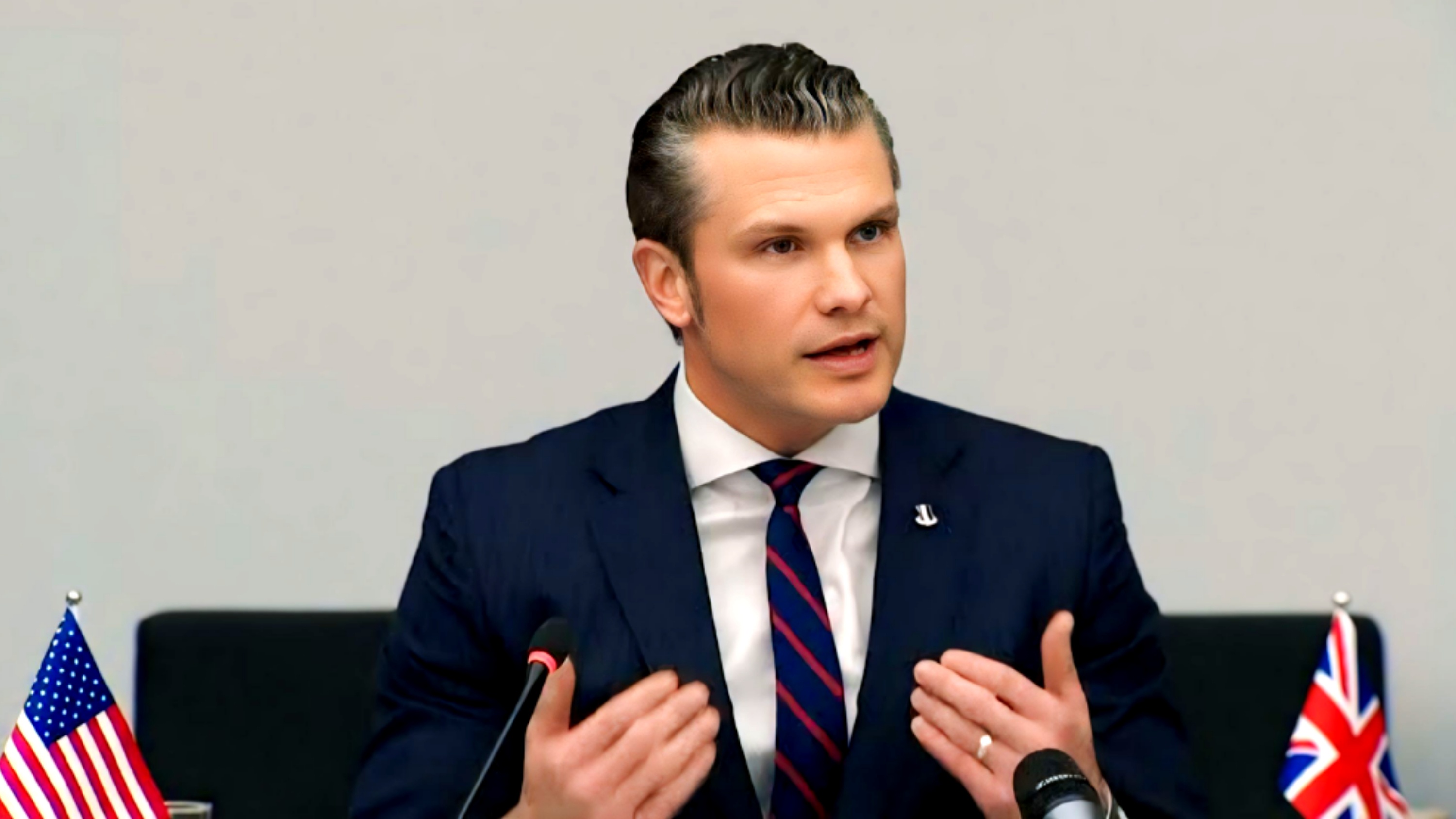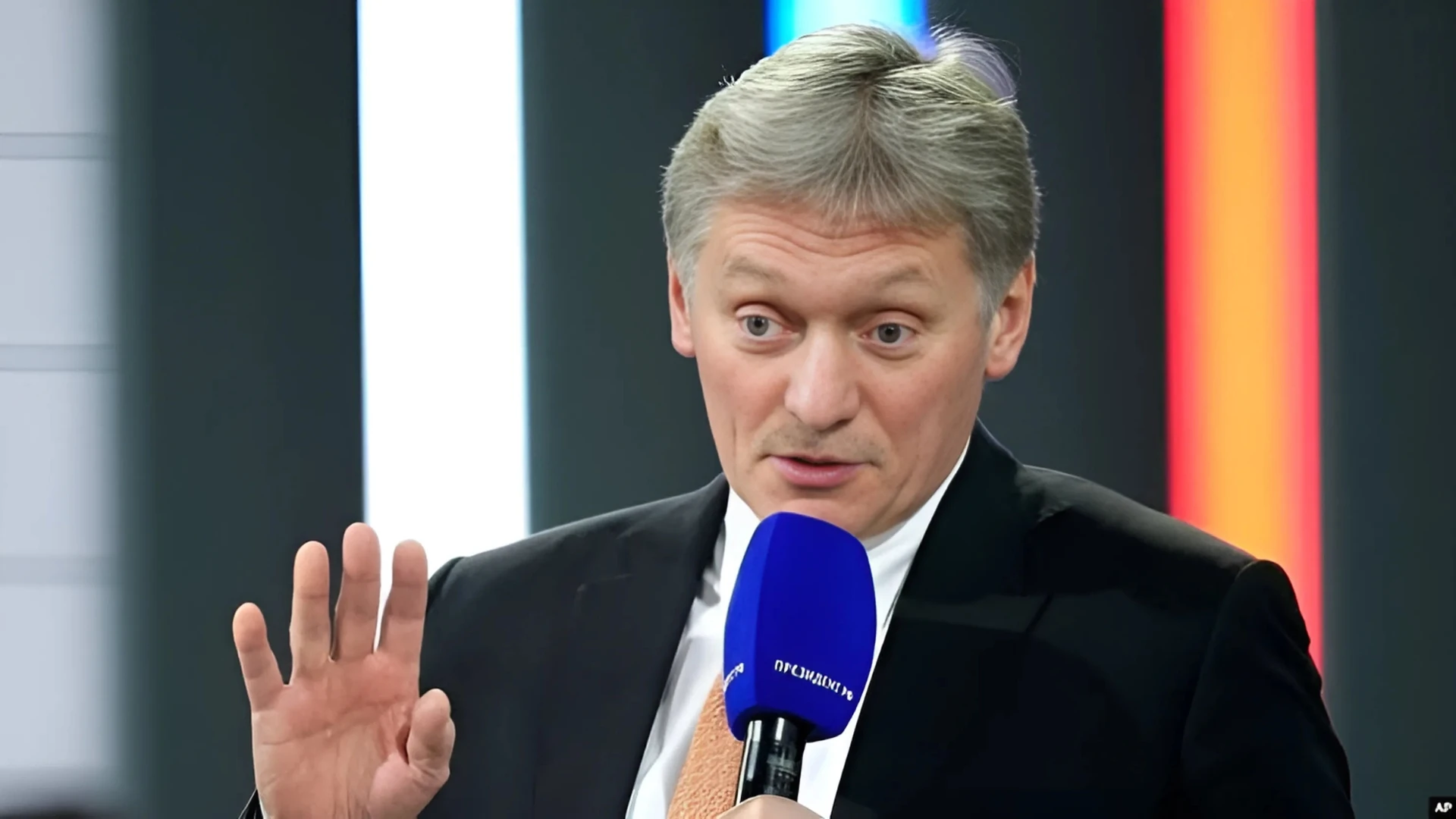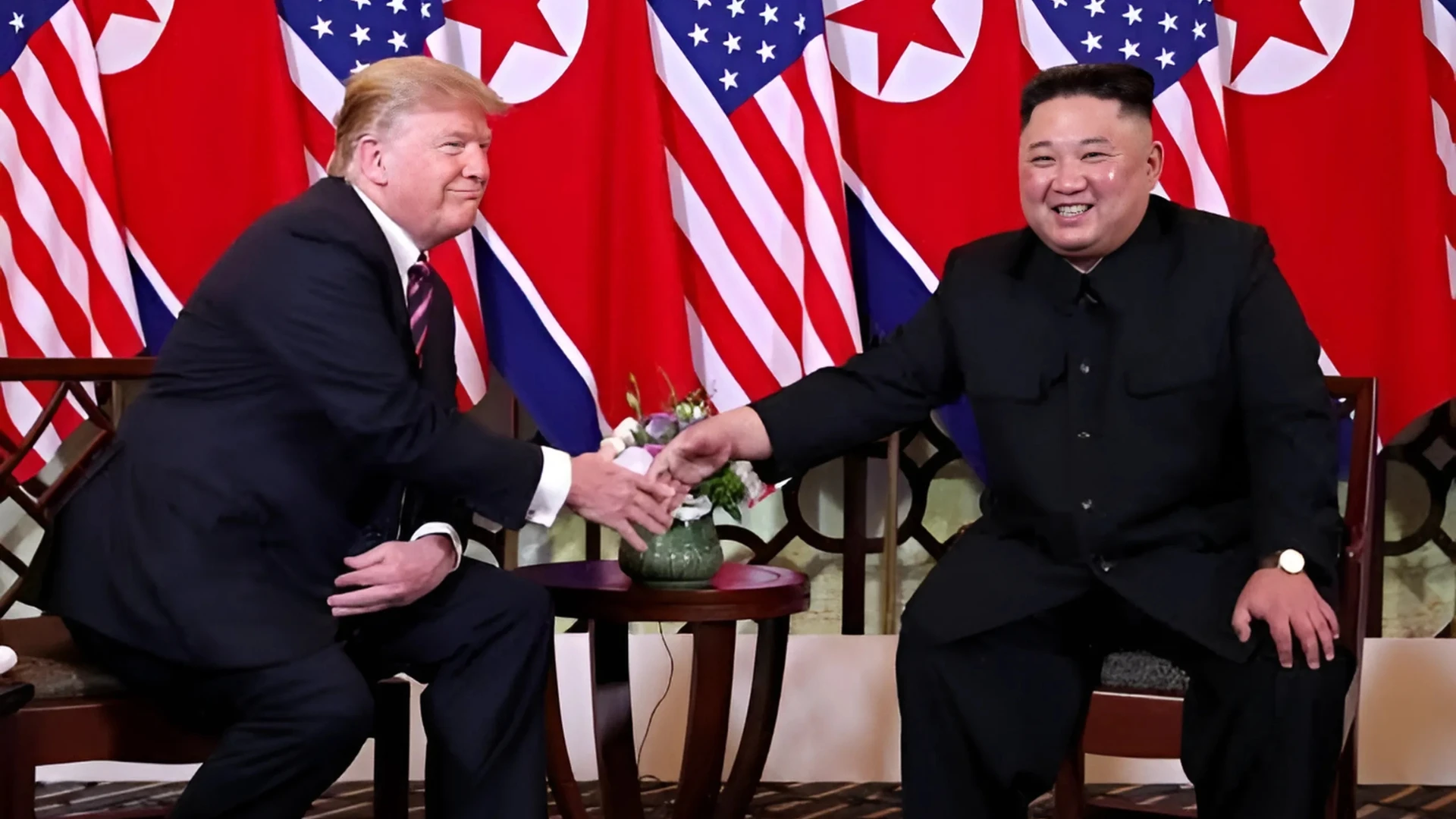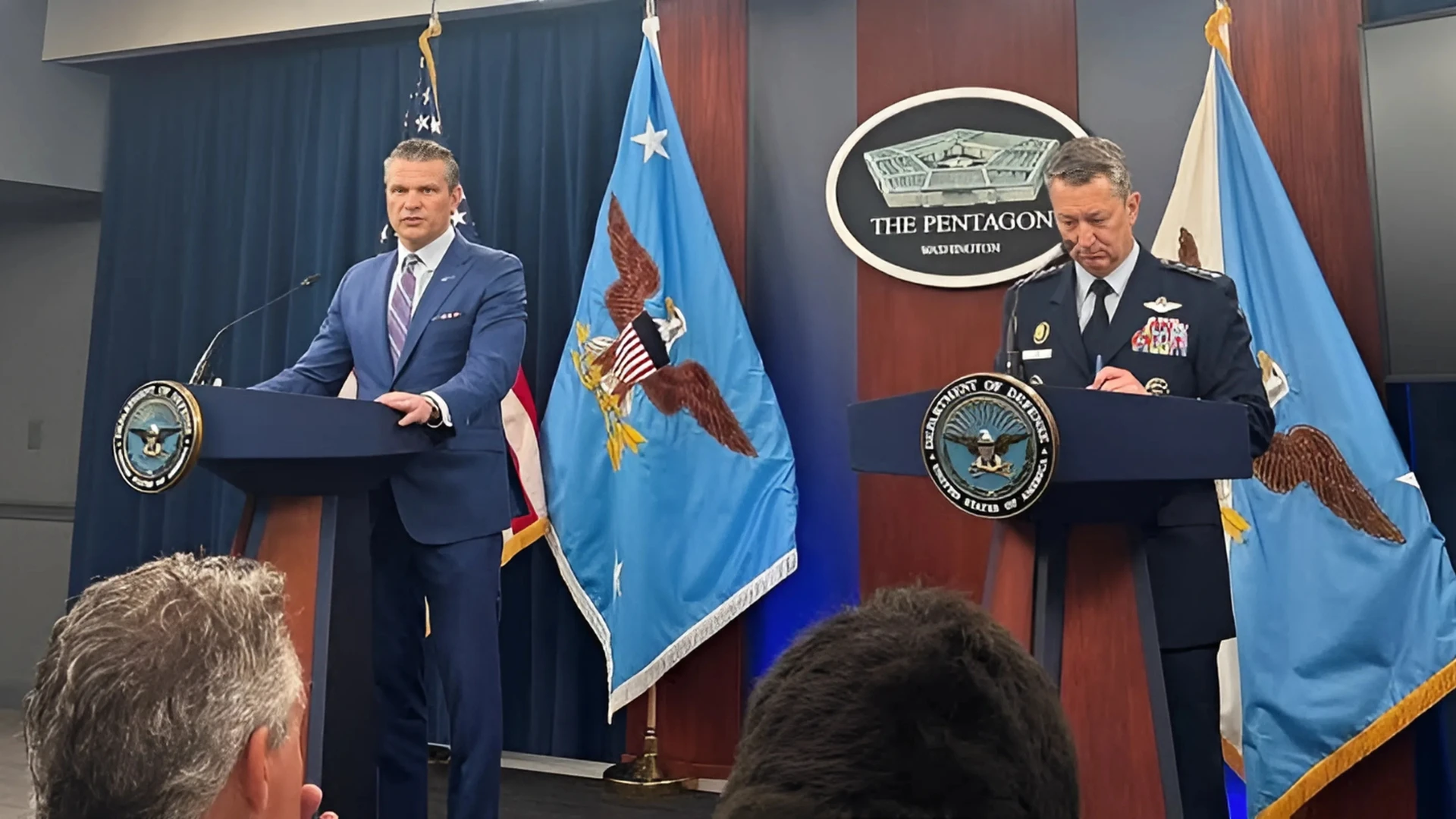Brussels: The United States has indicated a significant change in its approach to the war in Ukraine, with Secretary of Defense Pete Hegseth outlining a new strategy during a meeting with NATO allies in Brussels.
Speaking at the NATO headquarters on Wednesday, Hegseth emphasized that ending the war remains a top priority for Washington. However, he signaled a shift in policy, urging Ukraine to adopt a more pragmatic stance regarding its territorial ambitions. He suggested that Kyiv should abandon aspirations to reclaim all territories lost since 2014 and prepare for a negotiated peace settlement with Russia, potentially backed by an international force outside NATO’s framework.
His remarks came just before US President Donald Trump announced he had spoken with Russian President Vladimir Putin for the first time since taking office. Trump stated that both leaders agreed on the need to end the war and expressed optimism about future negotiations.
Hegseth also downplayed Ukraine’s hopes of joining NATO, calling the prospect “unrealistic.” He stressed that Ukraine’s security should be guaranteed through European and non-European troops rather than NATO’s collective defense mechanism under Article Five. Notably, he made clear that US troops would not be deployed to Ukraine.
The shift in US policy has raised concerns among European allies, many of whom expected a firmer commitment to Ukraine’s defense.
Analysts says that European nations were hoping for reassurances from Washington but instead received a message urging them to take greater responsibility for Ukraine’s military support.
As part of this recalibrated approach, Hegseth stated that European countries must now shoulder the bulk of military and financial aid to Ukraine. The US has already contributed approximately $64 billion in military support since the war began, part of a broader $126 billion aid package from Western nations.
Trump’s administration has also renewed demands for NATO members to significantly increase their defense spending, pushing for an allocation of 5% of GDP—well above the 2% target that many European countries are still struggling to meet.
The policy shift highlights Washington’s growing focus on countering China’s rising influence rather than prioritizing European security. This departure from previous commitments has left European allies uncertain about the US role in future conflicts.








